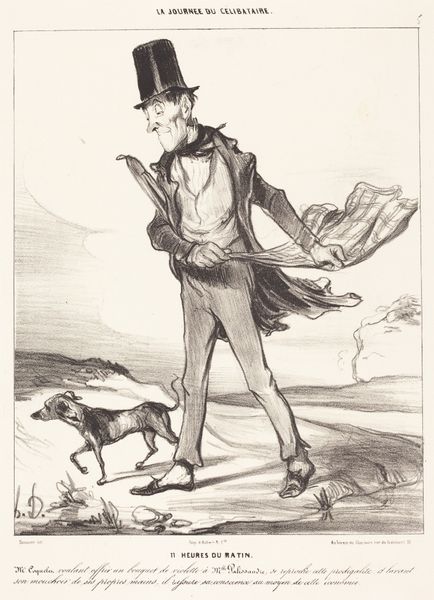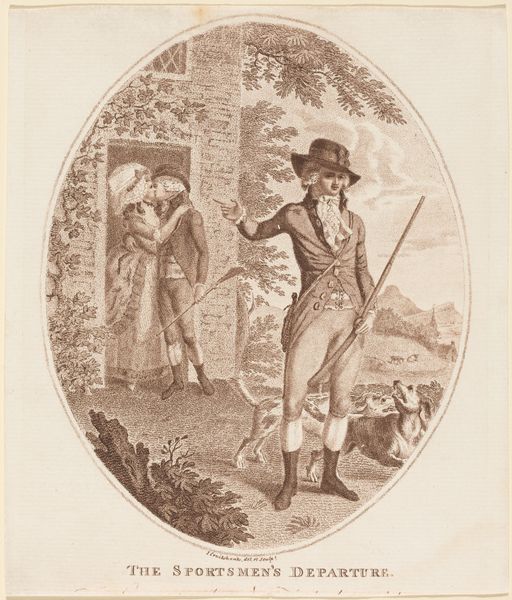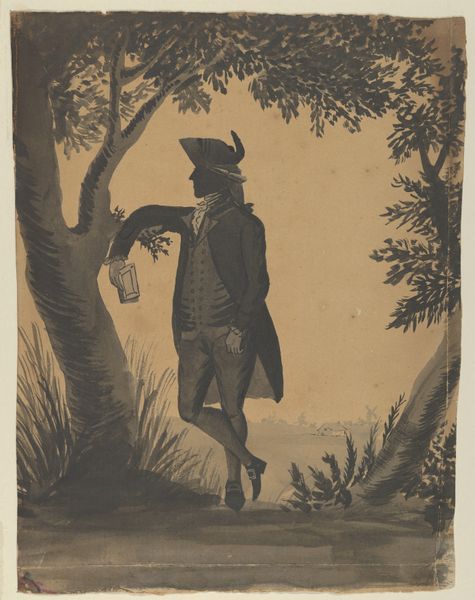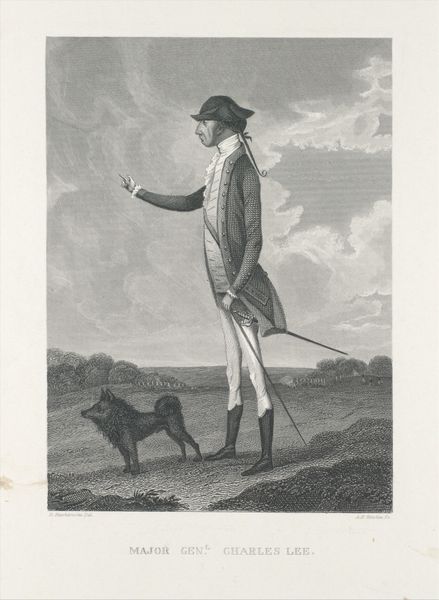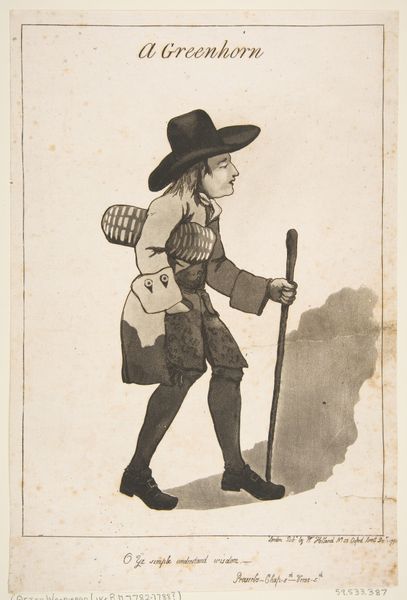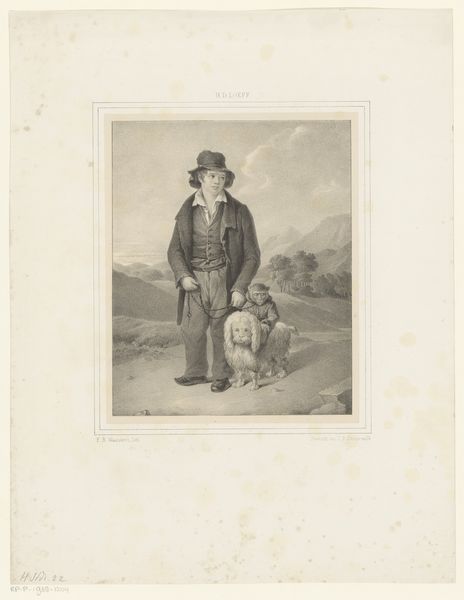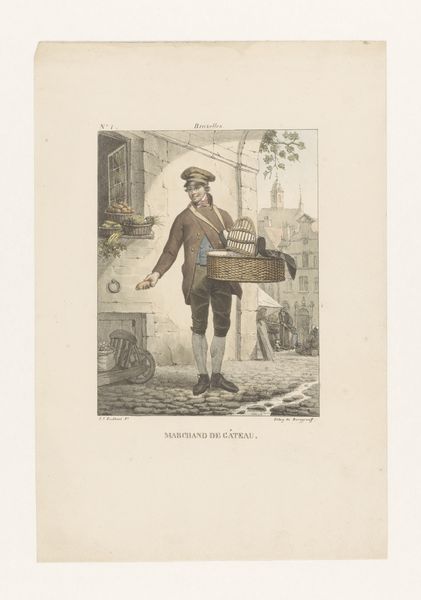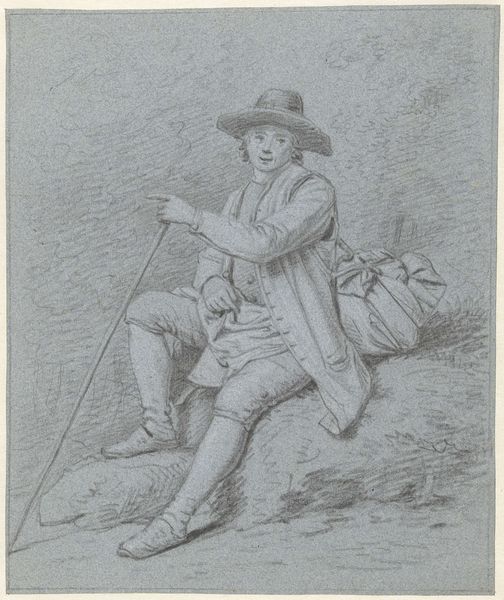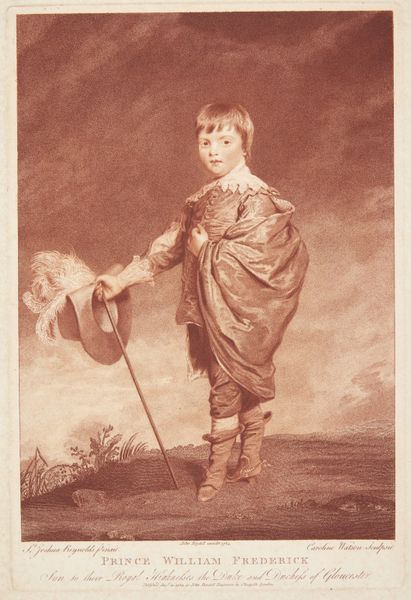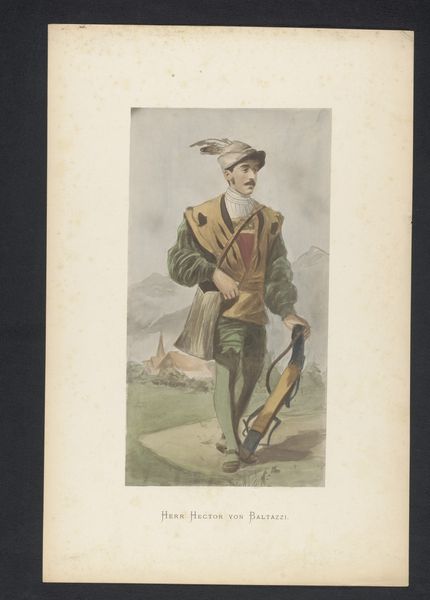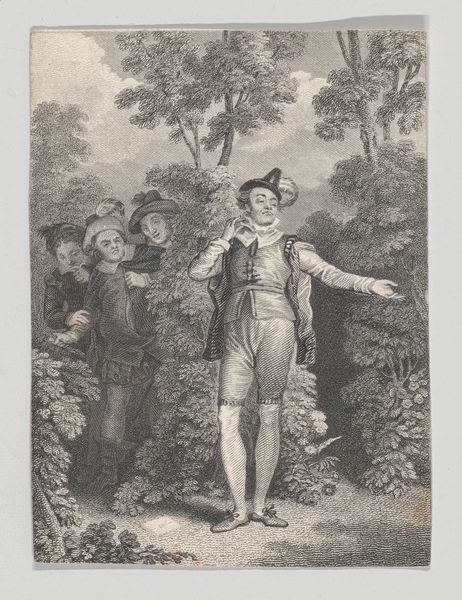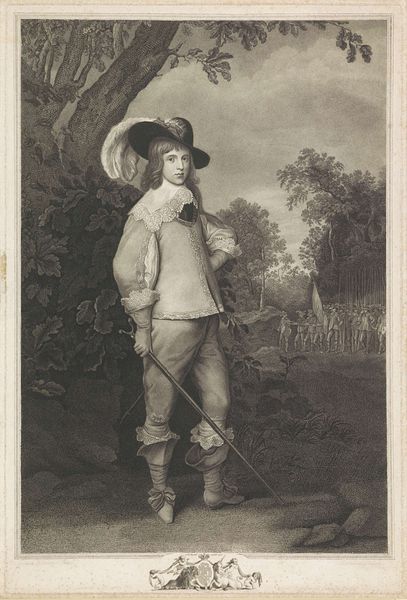
drawing, plein-air, watercolor
#
portrait
#
drawing
#
plein-air
#
landscape
#
figuration
#
watercolor
#
romanticism
#
genre-painting
Dimensions: overall: 10.2 x 8.2 cm (4 x 3 1/4 in.)
Copyright: National Gallery of Art: CC0 1.0
Curator: Here we have "The Reaper (The Harvest Moon)," a drawing attributed to Richard Westall. Editor: It's remarkably soft. Almost dreamlike with its muted watercolors and gently sketched landscape. There’s a quiet loneliness to it. Curator: Westall was a prominent figure in the late 18th and early 19th centuries, known for his work in portraiture and history painting, enjoying royal patronage and helping to shape artistic tastes. This artwork diverges slightly into the realm of genre painting while carrying stylistic cues of Romanticism. What do you make of his focus on rural life here? Editor: I immediately think about the social context in which this piece was produced. What would compel a London artist, supported by royal figures and a robust painting market, to spotlight rural labor in watercolor and ink? It feels almost subversive, emphasizing the toil of agricultural work. Consider how this type of plein-air drawing also might act as studies that informed paintings that idealize countryside labour, for patrons who had never picked up a scythe. Curator: You make an interesting point regarding social undercurrents, considering too the material reality of watercolor drawings during this era. The relative portability of the materials meant that these drawings became associated with leisure culture, with practices linked to documenting leisure time and personal observations while travelling for pleasure, and their production might not be such an antagonistic practice. Instead it can be seen as evidence of an interest in rural themes during the era, and of different material ways of observing labour. Editor: But perhaps that portability is key. If the artist wanted to take the art beyond painting towards new ways of circulating sketches, for example. I think it’s worth interrogating the intention behind such a direct representation of agricultural labor; whether through exhibitions at sites like the Royal Academy or other display contexts. It challenges this view of leisure. And also considers its future viewers. Curator: I'm left considering Westall's choices. There’s a vulnerability to the watercolor application that belies the harshness of the subject, the reaper’s face toward the night sky rather than his reaping task, for instance. Editor: Exactly. A sentimental interpretation of the harvest, crafted carefully for a consumer class disconnected from the land that fed them.
Comments
No comments
Be the first to comment and join the conversation on the ultimate creative platform.
